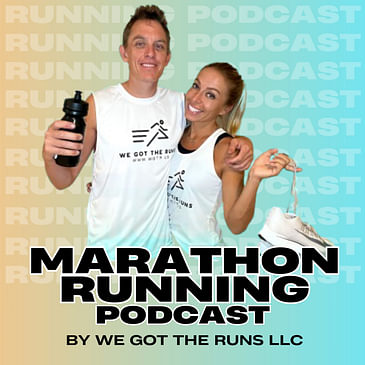Curious about the magic behind the 80/20 running principle? Join us in the latest Marathon Running Podcast episode featuring Matt Fitzgerald, the renowned endurance sports journalist and bestselling author.
🌟 Key Questions Answered:
- Understanding the Basics: Matt explains the fundamental principles of 80/20 running—how the balance of 80 percent lower intensity and 20 percent higher intensity contributes to improved performance.
- Scientific Foundation: Delve into the science behind the 80/20 running program with key insights supporting its effectiveness.
- Embraced by Elite Runners: Discover remarkable results and achievements from elite athletes who swear by the 80/20 training method.
- Adaptability to All Levels: Learn how the 80/20 approach caters to runners of all levels, from beginners to elites.
- Training Plans for Different Distances: Explore how the 80/20 approach varies across distances, from 5K to marathon.
- Breaking the “Moderate-Intensity Rut”: Find out how the 80/20 approach breaks the cycle of a "moderate-intensity rut" for continuous improvement.
- Hands-On Guide: Matt elaborates on the practical implementation of the 80/20 approach into training routines.
- Balancing Intensity: Understand how runners effectively gauge and maintain the balance between lower and higher-intensity workouts.
- Performance Metrics: Discover the key metrics to track progress and improvements for 80/20 adopters.
- Long-Term Benefits: Matt shares insights into the long-term benefits of consistently following the 80/20 running program, especially in marathon training.
Ready to transform your running game? Tune in to the episode and unravel the secrets of 80/20 running.
Support our podcast and check out our RunSwag Tshirts
· Our website: www.marathonrunningpodcast.com
· Our Instagram: @runningpodcast
· Our Amazon Storefront: Amazon Storefront
· Join our Facebook group: SpeedStriders Facebook Group
· Youtube https://www.youtube.com/@RunningPodcast


